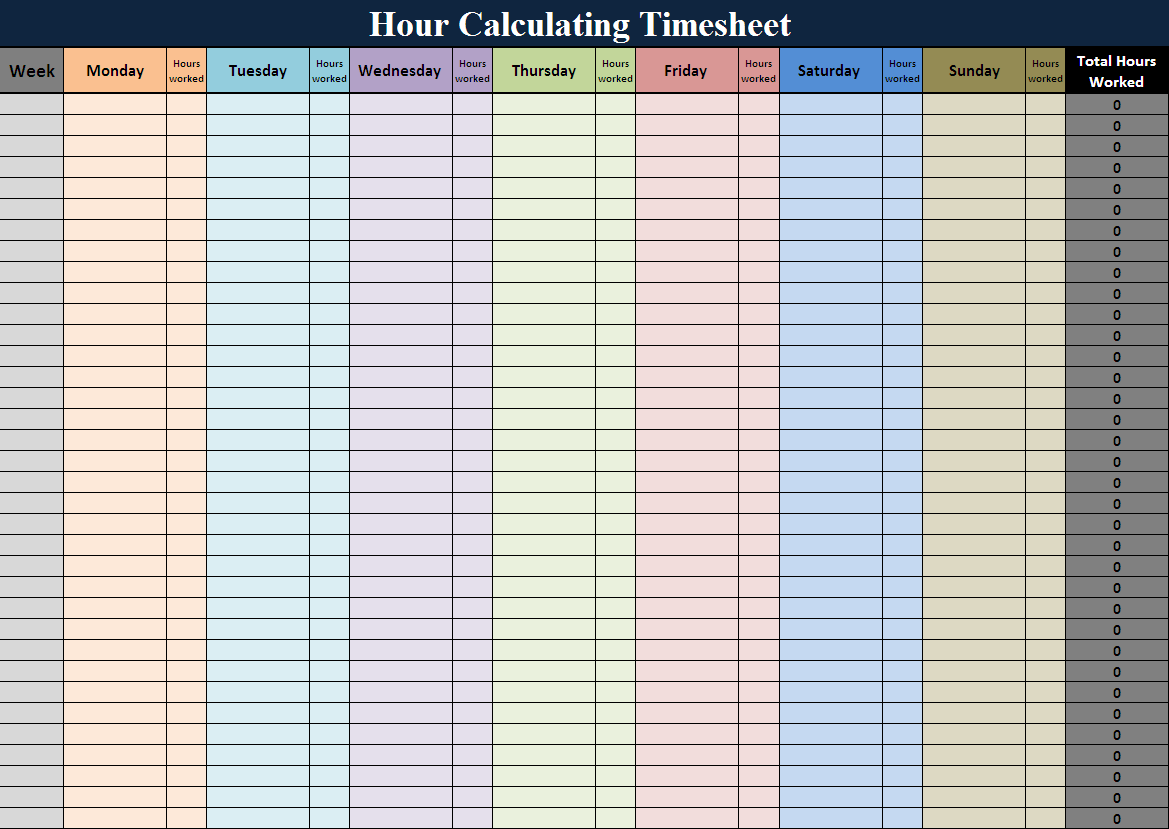5 Must-Know Facts About FMLA Paperwork Requirements
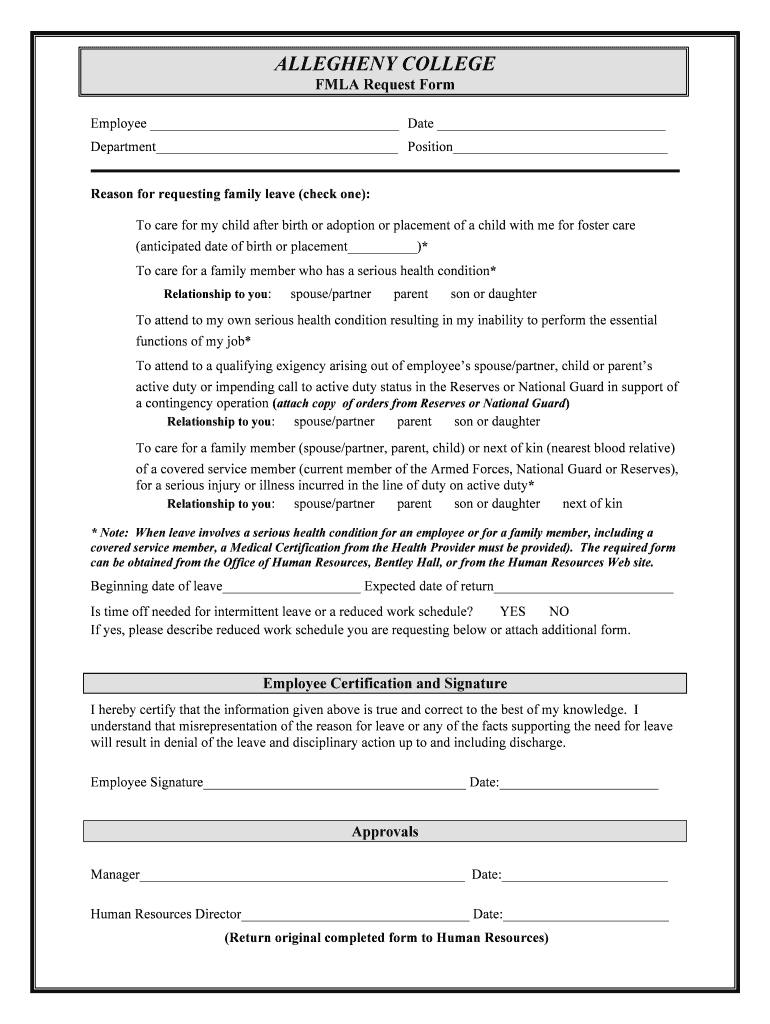
Understanding the Family and Medical Leave Act (FMLA)

The Family and Medical Leave Act (FMLA) offers a significant benefit to employees in the United States, allowing them to take up to 12 weeks of unpaid, job-protected leave for various family and medical reasons. While the concept of FMLA leave seems straightforward, the paperwork involved can be quite daunting. Understanding the intricacies of FMLA paperwork requirements is essential to ensure you use your leave effectively and legally.
1. Eligibility Requirements for FMLA Leave
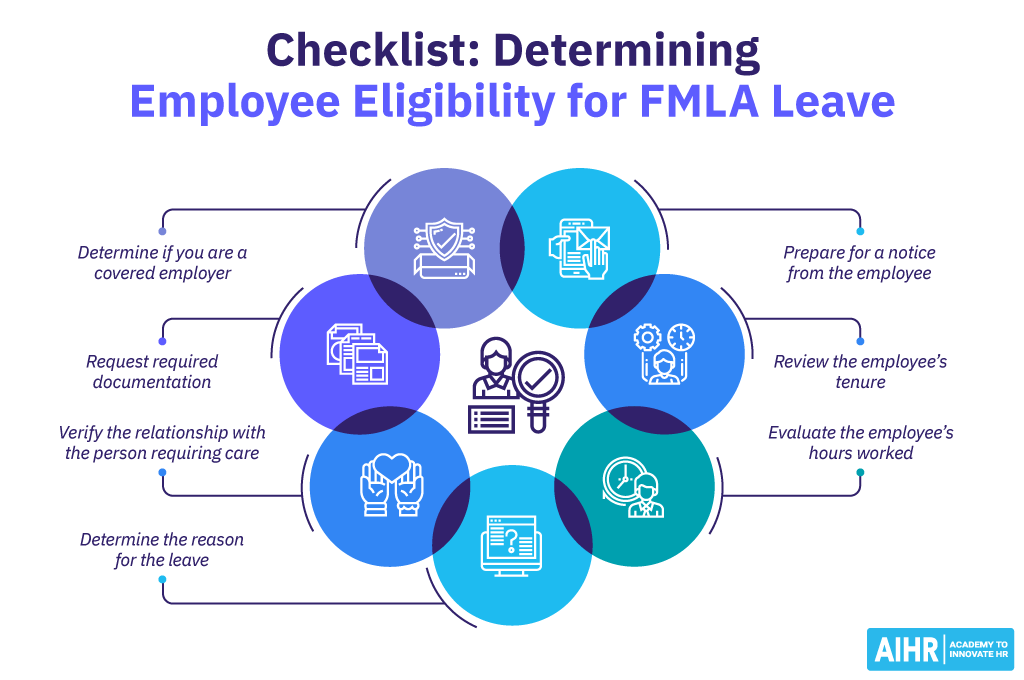
- The employee must work for a company that employs 50 or more employees within a 75-mile radius.
- Employees should have worked for the employer for at least 12 months.
- The employee must have at least 1,250 hours of service in the 12 months immediately preceding the leave.
- Employment at a location where the employer has at least 50 employees within 75 miles.
To confirm eligibility, employees should provide documentation through the correct FMLA forms which include medical certifications.
2. Required Forms and Medical Certifications

Employees need to complete several forms when requesting FMLA leave:
- WH-380-E - Certification of Healthcare Provider for Employee’s Serious Health Condition.
- WH-380-F - Certification of Healthcare Provider for Family Member’s Serious Health Condition.
- WH-381 - Notice of Eligibility and Rights and Responsibilities under the FMLA.
- WH-382 - Designation Notice to inform the employee of FMLA leave designation.
The WH-380 forms require a healthcare provider’s certification detailing the medical condition, its expected duration, and necessary treatments. Employers might request a second or third medical opinion at their expense if they doubt the certification’s validity.
Key Elements of Medical Certification:

| Element | Description |
|---|---|
| Medical Facts | The date condition began, its expected duration, and necessary medical facts. |
| Leave Requirements | Estimate of the frequency and duration of absences. |
| Treatment Plan | Details of required treatments or a regimen of continuing care. |
| Incapacity | Whether the condition will cause any incapacity. |

3. Timelines for Submission of Paperwork
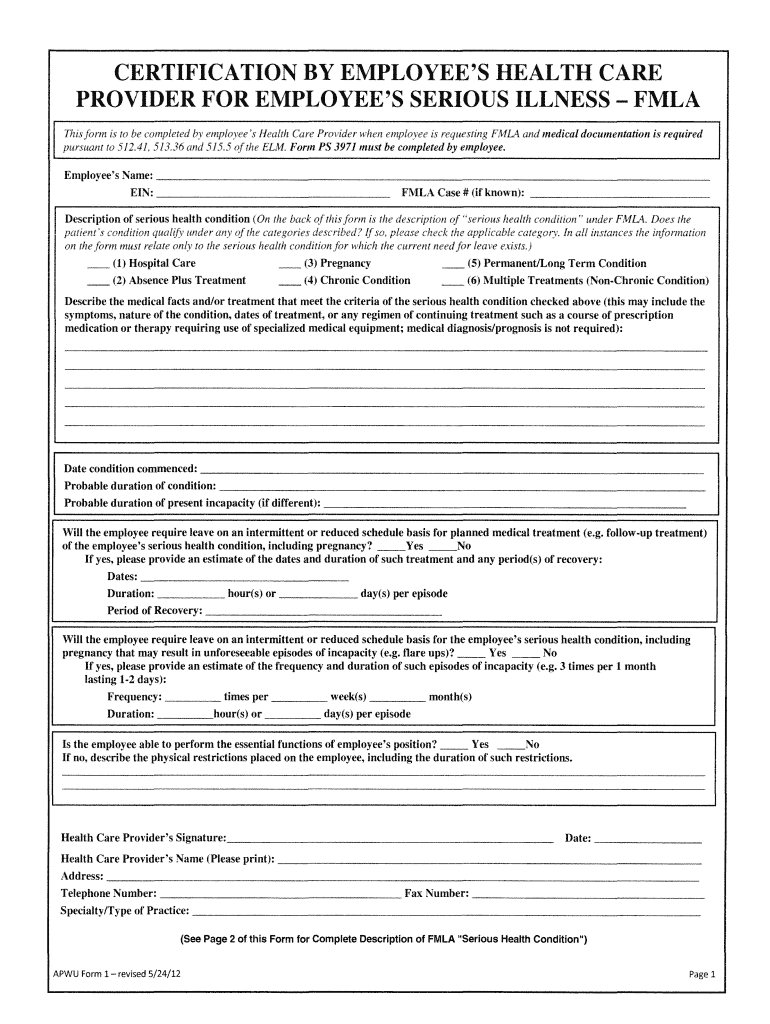
It’s crucial to meet specific deadlines for FMLA paperwork:
- Notice: Employees must provide 30 days’ advance notice where the need for FMLA leave is foreseeable.
- Medical Certification: Employers can request medical certification within five business days after the request for leave.
- Recertification: Employers may request recertification every 30 days, depending on circumstances.
Failure to meet these timelines could affect your FMLA leave rights, making it essential to know when to submit each form.
4. Intermittent Leave and Reduced Schedules

FMLA allows for intermittent leave or reduced work schedules, which can be particularly beneficial for treatments or conditions that do not require continuous absence:
- Intermittent Leave: This allows employees to take leave in blocks, not exceeding the total of 12 weeks in a 12-month period.
- Reduced Schedule: Employees can work a reduced number of hours each day or week.
When requesting such leave, employees must provide a schedule or plan as part of the certification process to aid employers in planning and scheduling.
💡 Note: Ensure that your healthcare provider provides detailed information regarding the frequency and length of treatment to make your FMLA request more manageable for your employer.
5. Rights and Responsibilities of Employers and Employees

Both parties have certain rights and responsibilities under FMLA:
- Employees: Must provide proper notice, complete required paperwork, and follow the employer’s attendance policy unless FMLA-covered absences occur.
- Employers: Are obligated to designate FMLA leave properly, provide appropriate forms, and protect employee’s job and benefits during leave.
Failure by either party to fulfill these obligations can lead to complications or legal repercussions.
In summary, understanding the ins and outs of FMLA paperwork is not just about knowing which forms to fill out. It involves a deep understanding of eligibility, certification, timelines, and the operational aspects of intermittent leave. Employers and employees both play crucial roles in the FMLA process, and effective communication and documentation are keys to ensuring that the rights of all parties are maintained.
What happens if an employee does not return after FMLA leave?
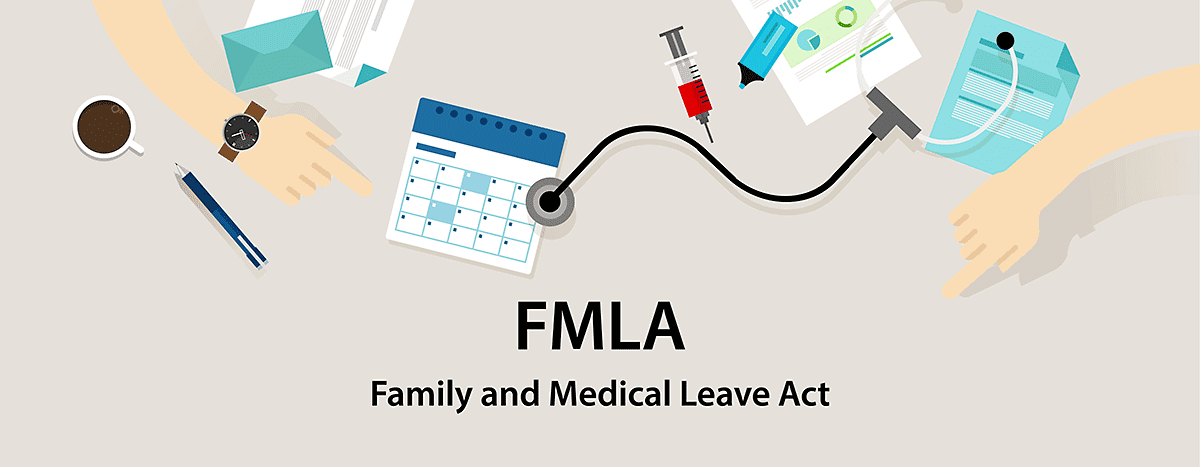
+
If an employee doesn’t return to work after FMLA leave, the employer may be able to recover the costs of the employee’s health insurance premiums paid during the leave, provided certain conditions are met.
Can FMLA leave be denied?

+
Yes, if an employee does not meet the eligibility criteria or if proper procedures are not followed, FMLA leave can be denied. It’s important to review the employer’s policies and meet the requirements to ensure your eligibility.
How long does the medical certification last for FMLA?

+
Medical certification for FMLA typically needs to be recertified every 30 days for chronic conditions. However, for a single incident or episode, the certification may last for the duration of the treatment plan or until a longer period is deemed necessary by the healthcare provider.


